
More adolescents are turning to the emergency department for help during mental health crises, leading researchers to call for better treatment and prevention strategies.

More adolescents are turning to the emergency department for help during mental health crises, leading researchers to call for better treatment and prevention strategies.

The rate of measles cases in the United States for 2019 has climbed to numbers unheard of in decades. Here are 10 facts to know and share with the parents in your practice about measles.

Best practices for both hospital and ambulatory care centers include methods to encourage the continuous educational development of all members of nursing and interprofessional (IP) teams. One successful, but sometimes resisted strategy, is to engage all members of the team in planned monthly journal club luncheons in which the members review a recently published article that may impact practice management strategies.

As in adults, antibiotics and proton pump inhibitors (PPIs) that change the microbiota of the gut can increase risks for developing Clostridium difficile-C diff-in pediatric patients.
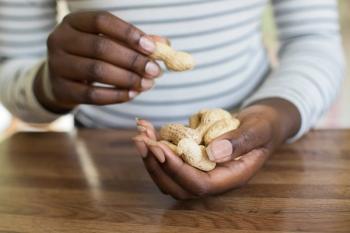


There isn’t just one thing that can prevent drowning, but rather a combination of interventions from education and swim lessons to physical barriers, according to a new policy from the American Academy of Pediatrics.

Research suggests a family history of mental and neurologic disorders may increase risk factors for diagnosis of autism spectrum disorder in a child.

A new study suggests that patients may develop a tolerance to cannabidiol (CBD) oil over time, resulting in a loss of efficacy for seizure control.

Pediatricians must be able to identify emergent neurologic problems when they present in the office or are suspected in children and proceed with appropriate workup and treatment.

Adolescents who initially screened as being at highest risk for alcohol problems on a 2-question screen were more likely than their peers to have more drinking days and be at higher risk for alcohol use disorders at 1, 2, and 3 years after the screen, a large study showed. Participants were 12- to 17-year-olds treated for a non–life-threatening injury, illness, or mental health condition in 1 of 16 pediatric emergency departments.
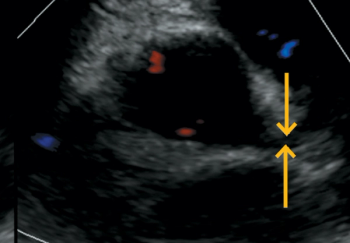
A 3-year old male presents with 3 days of fever (maximal temperature, 105°F), diffuse abdominal pain, and several episodes of nonbilious, nonbloody emesis and loose nonbilious, nonmucousy stools. On day 3 of illness, he was seen at an urgent care clinic where he was diagnosed with acute otitis media and prescribed amoxicillin and ondansetron. He could not tolerate any oral intake and developed red eyes, abdominal pain, and redness of his hands and feet. Later that same night, he presented to the pediatric emergency department and was admitted to the pediatric ward for management of his fever, abdominal pain, and dehydration.

A yearly research report highlights mortality risk data for cardiothoracic surgery centers across 5 categories of surgical outcomes for congenital heart defects (CHD) in children.

More providers have been recommending human papillomavirus (HPV) vaccination to their adolescent male patients in recent years, and the effort seems to be paying off: HPV vaccination coverage among boys aged 13 to 17 years increased from 8.3% in 2011 to 57.3% in 2016, while the proportion of providers who recommended the vaccination to this patient group increased from 14.2% to 65.5%.

Pediatric drug development has made exceptional strides in the last 10 years. The outlook going forward is remarkably positive, but new pressures to expedite the process are emerging.
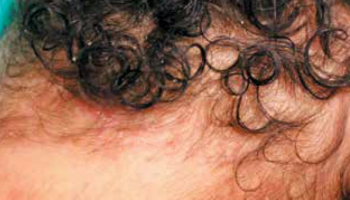
A 3-month-old boy presents for evaluation of a diffuse asymptomatic rash that began on his scalp and skin creases 6 weeks ago and has spread over his trunk and extremities. This week he has begun to scratch at his neck and abdomen.

Children of women who smoke during pregnancy are more likely to have attention-deficit/hyperactivity disorder (ADHD) than children of nonsmoking mothers, according to the first study to investigate the association between smoking and ADHD based on nicotine serum biomarker levels rather than self-reported smoking. Further, the investigation found that as the amount of smoking increases, so does the likelihood of ADHD.

Talk to patients and their families about the benefits and risks of stimulants before initiating treatment in children with ADHD.

Neural performance scanning (NPS) technology outperforms photoscreeners for analyzing binocularity in a child’s eyes in mere seconds, and with higher sensitivity and specificity.
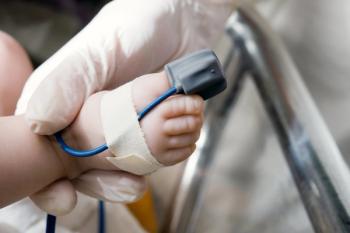
Screening for critical congenital heart defects (CCHD) is now standard across the country, but the Centers for Disease Control and Prevention is calling for continued improvement on how data is collected and shared from the screenings.

For Contemporary Pediatrics, Dr Bobby Lazzara discusses a retrospective cohort study published in Pediatrics that examined antibiotic prescribing behaviors for acute respiratory infections in 3 different care settings: direct-to-consumer telemedicine, urgent care, and the primary care office.

As a Physician Assistant (PA) in a highly acute and specialized level 4 neonatal/infant intensive care unit (NICU), ethical issues come up on a daily basis. How to appropriately handle this part of our job is rarely discussed, and as a PA, I had minimal training related to handling situations in which medical ethics are involved.

The dilemmas and barriers that providers encounter daily in clinical practice in attempting to maintain confidentiality for their adolescent patient while simultaneously protecting the adolescent from potential harm are daunting for providers as there are no nationally recognized, evidence-based standards addressing adolescent confidentiality and privacy issues in the delivery of quality healthcare to adolescents.

Teenaged moms may pass negative effects of young motherhood on to their children, and maybe even their grandchildren.


New research indicates that individual and brief encounters with general anesthesia during infancy result in no neurodevelopmental deficits by the school years.
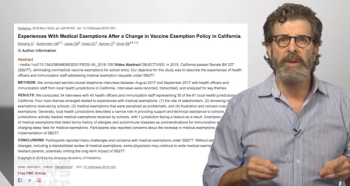

Banning sales to individuals aged younger than 21 years is just one of the proposals in the American Academy of Pediatrics’ (AAP) newest call to action in the fight against vaping.

A new study investigating antibiotic prescribing found that 17% of these prescriptions written for children were inappropriate-and the number climbs even higher in adults.

There are resources and guidelines available for pediatricians faced with caring for children with terminal or life-threatening conditions.